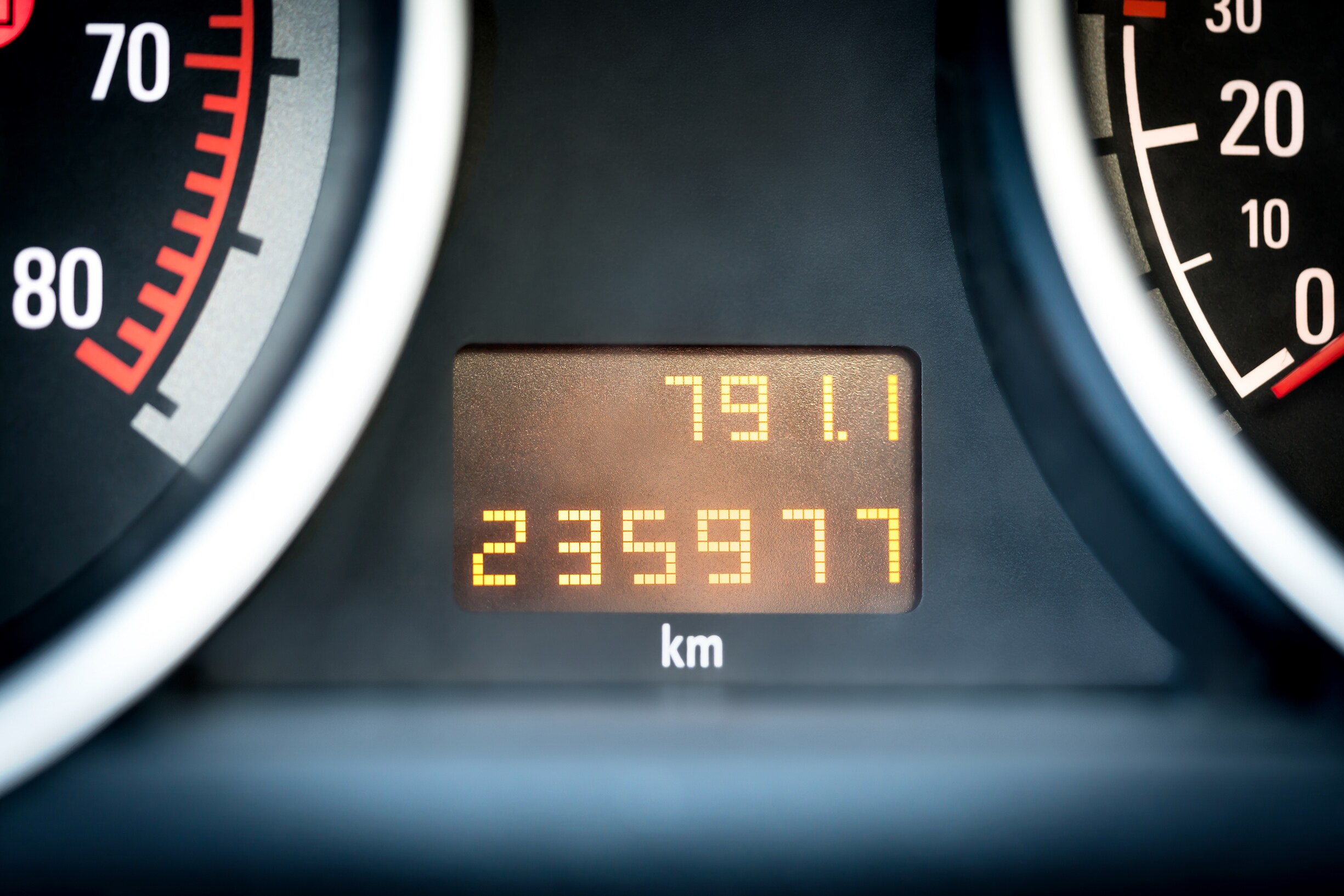What is Car Depreciation? You may have heard people talk about how much a new car "depreciates" the moment you drive it off the dealer lot. It is often said that you lose ten percent of the value of the vehicle right away. Lending Tree tells us that a new car loses as much as 20 percent of its value in the first year and a whopping 50 percent over the first five years. Depreciation affects how much you'll be able to get for a car when it comes time to sell or trade. Are there ways to cut down on car depreciation? Let's find out.
How to Cut Down Car Depreciation
The Definition of Depreciation
Depreciation is the difference between what you paid to the dealer when the car was new and the amount you can get for the car when you sell it. While homes generally appreciate in value, new cars depreciate in value. The only times a car is worth more when you sell it, is if you own a classic or antique car, or a vehicle that was owned by a celebrity or used in an iconic film. For instance, in 2014, the 1964 Aston Martin DB5 used in the James Bond film Gold Finger, was sold for 4.6 million dollars.

There is, however, a third possibility for automobile appreciation and that happened recently. During the COVID crisis, a lack of semiconductor computer chips that are used in every control system of modern cars (including powertrain, electrical, infotainment, connectivity, and driver assist systems) as well as supply issues on many components, caused fewer vehicles to be produced. The lack of new cars at dealerships led to more used cars being sold. Soon, the market value of both new and used cars were on the rise.
By last year, used vehicle prices were up 50 percent over pre-pandemic levels. For those who leased a car three years ago, the residual value of their lease car was often assigned a lesser value than what you could turn the car in for at the end of the lease and many people were able to buy their lease car at a profit. But overall, auto depreciation only becomes a concern when you decide to sell your car. It is one of the reasons that people are keeping their cars longer.

Reducing Your Car's Depreciation
While used cars usually continue to depreciate over time, the rate of depreciation slows down after the first five years. The rate of your car's depreciation can be affected by changes to its mileage and overall condition as well as the vehicle's reputation for reliability. Another thing that can change in your favor is when consumer preference swings toward your car; like when a certain make and model becomes popular with consumers and becomes scarce in the marketplace.
How to Cut Down Car Depreciation
What can you do to reduce your car's depreciation? First and foremost, keep your car serviced and maintained so it is in excellent mechanical shape. At Lithia Motors Service Centers our factory-trained technicians will make sure your vehicle is properly serviced according to the maintenance schedule in your Owner's Manual. It's important to keep service records of all work done to your car to show to prospective buyers.
You might not normally think about how the color of a vehicle affects its resale value, but it does! The most popular car color in America is white. In fact, cars that are white, black, gray, or silver, represent 78.5 percent of all vehicles sold in the United States, and remain the most popular for resale, and hold their value better than any other colors.
Speaking of your car's paint and finish, keep your car looking its best. Wash and wax your vehicle so that the paint gleams. You'll get more for your car if it is free of dents, dings, and paint chips from highway debris. Repair any windshield chips or cracks and be careful not to scuff your wheels at curbs. Treat your leather seats with conditioner. A thorough detailing is a great idea before you try to sell your car because a vehicle that looks showroom fresh will always fetch a higher price.
You want potential buyers to imagine themselves in your car. That means it is best to remove any "personalized items" from the car both inside and out. Remove anything hanging from the rearview mirror or stuff animals in the back window. Remove your Tasmanian Devil floor mats and seat covers. Remove all decals, window lettering, and bumper stickers, even the one that says "I Grok Spock."
Because new cars depreciate the most in the first five years, buy a good quality five-year-old used car to save yourself a lot of money and drive that used car for a long time. Keep it maintained, and it could last you ten years or more. That's because automotive technology and build quality has improved by leaps and bounds in the last decade. It is not unusual to get 300,000 miles or more out of a vehicle. Buying a three- to five-year-old car means that someone else paid for most of the depreciation.
If you have used your car for many years and decide to sell, you'll likely make more money by selling it to a private buyer. You naturally want to get the most money possible for your faithful transport and by selling it yourself, you will control the selling price. Like most money matters, the idea is to buy low and sell high.
If you use your car for business purposes, you may be able to deduct some of the vehicle's depreciation as well as ongoing upkeep and maintenance on your income taxes. And finally, purchasing a car with a transferable warranty is a good idea. Some automakers allow you to transfer the remainder of your car's warranty to a new owner. That alone means you are likely to get more for your used car when you sell it when compared to a vehicle that has no warranty.
Before you buy a new car, research which makes and models hold their value better. It's a fact that some vehicles depreciate more than others. Kelley Blue Book can show you the resale value of any vehicle and produces a list of the top ten cars with the best resale value each year. These are often cars that are known for their reliability and good fuel economy. Armed with that knowledge you can purchase a car that holds its value better. Another obvious tip is that the less mileage you have on your car, the more you will likely get when you sell or trade.
Let Lithia Help
At Lithia Motors we have over 75 years of experience in providing our customers with personal transportation solutions of all kinds. If you are hoping to minimize depreciation, you may want to look into our Certified Pre-Owned (CPO) program. These like-new vehicles are often less than five years old with less than 50,000 miles on the odometer. They have the benefit of being much more affordable than new cars because they have already depreciated to a large degree. Each CPO vehicle has undergone strict inspection guidelines to qualify, with technicians focusing on over 170 inspection points. The end result is a used car that is a whole lot like a new car, offering you peace of mind in your purchase.
The best part is that CPO cars come with factory warranties, offering bumper-to-bumper and powertrain coverage for one year or 12,000 miles. This is in addition to the remainder of the car's transferable vehicle warranties. But the details of each automaker's CPO program are different. Contact Lithia Motors to find out more.


